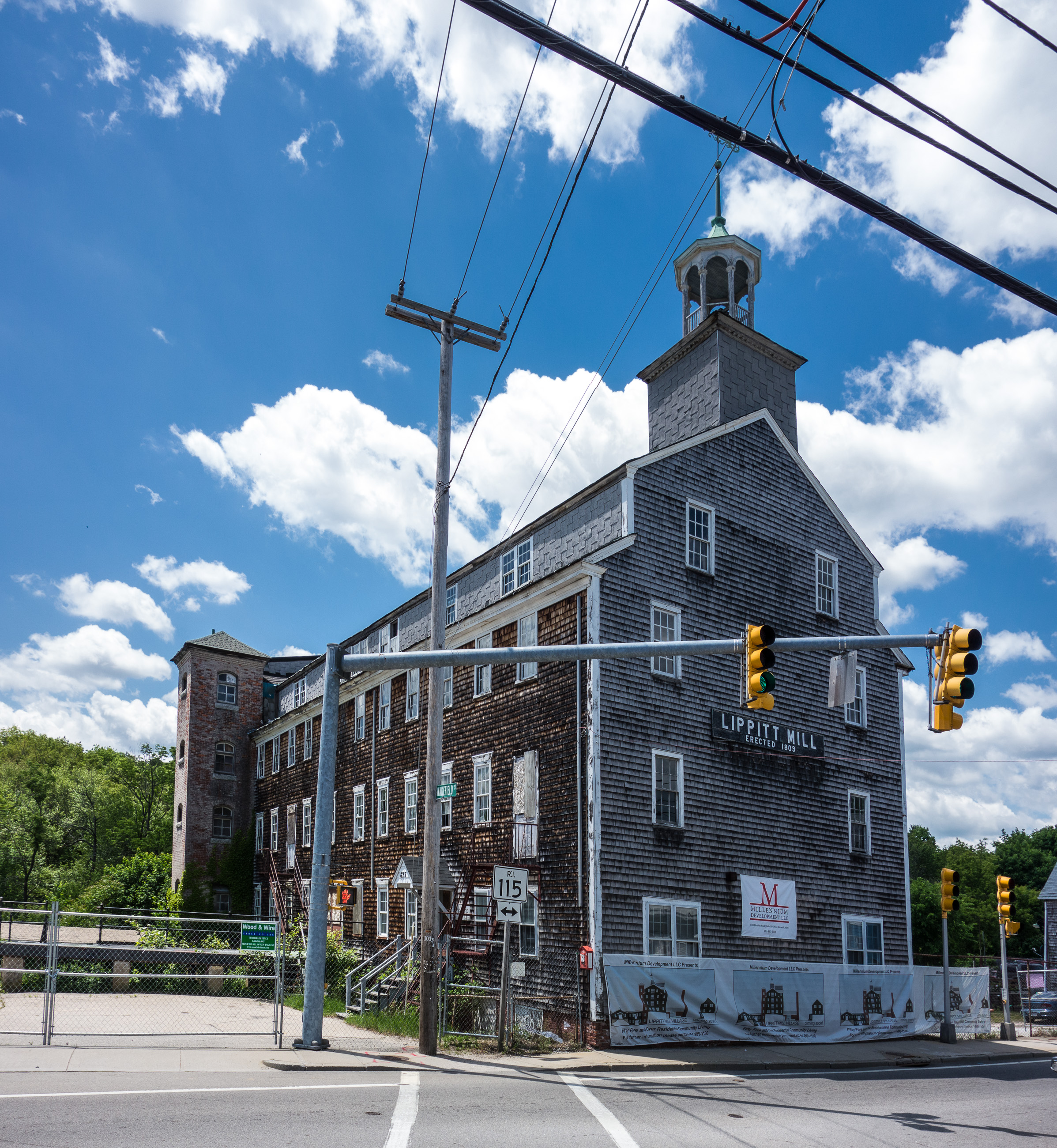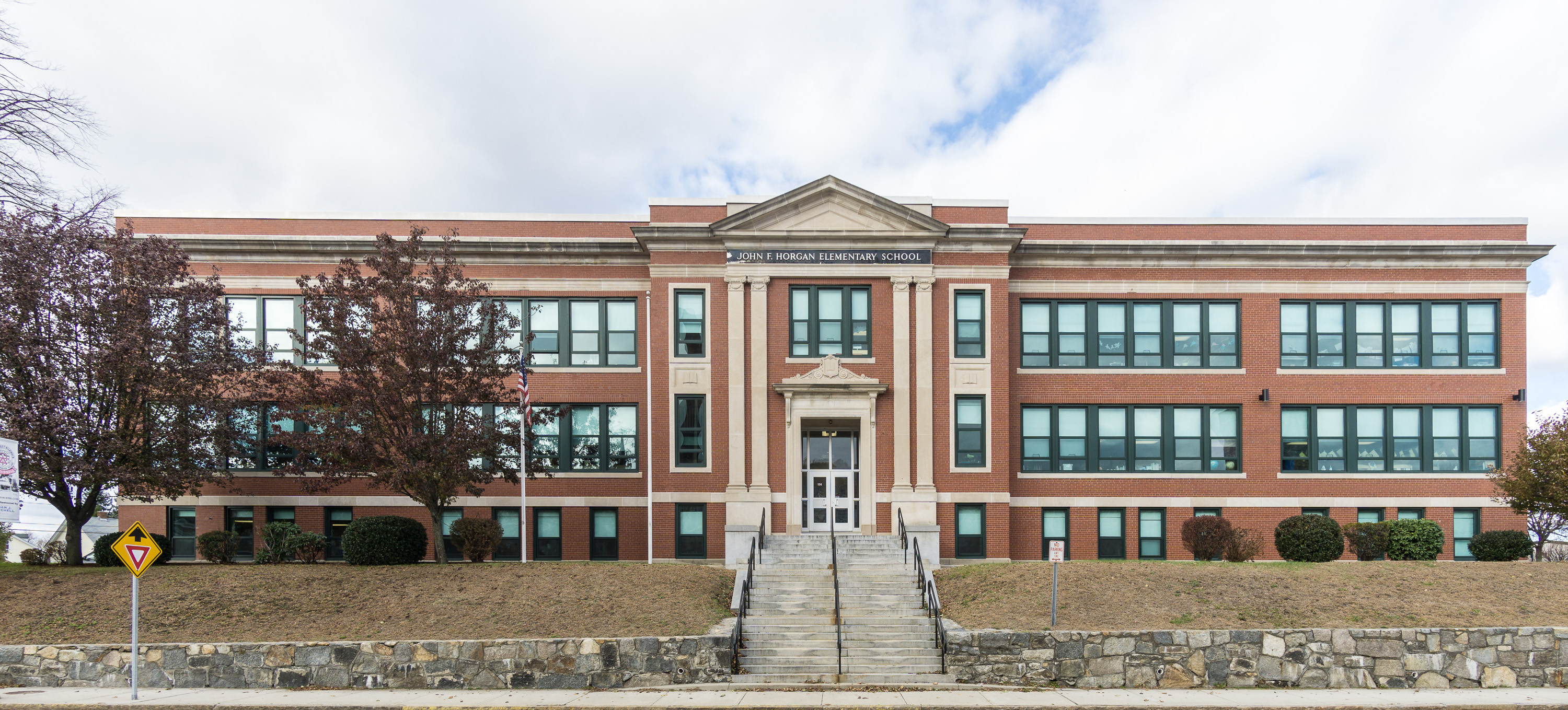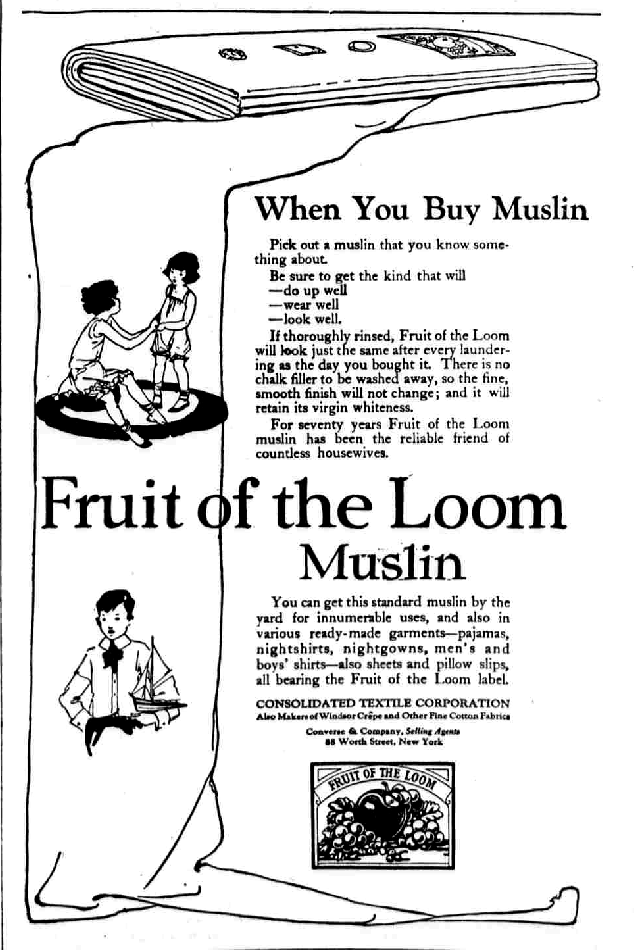|
Lippitt Mill
The Lippitt Mill is an historic mill at 825 Main Street in West Warwick, Rhode Island. History The cotton textile mill was built in 1809, making it the third oldest in Rhode Island after John Slater's Mills in Slatersville, RI and Samuel Slater Slater Mill. The Lippitt Manufacturing Company was founded by Revolutionary War officer, Col. Christopher Lippitt, his brother Charles Lippitt, and Benjamin Aborn, George Jackson, Amasa Mason, and William Mason. During the Depression following of War of 1812 the Lippitt Manufacturing Company survived by supplying yarn to convict weavers in the Vermont prison. The company grew throughout the 19th century becoming a large profitable enterprise in which several generations of the Lippitt family were involved. In 1889 all of the Lippitt Company assets were sold to the firm of B.B. Knight & Robert Knight, founders of Fruit of the Loom. In 1925, B.B. Knight sold the Lippitt Mill property to Joseph Hayes, owner of the Riverpoint Lace Works. Th ... [...More Info...] [...Related Items...] OR: [Wikipedia] [Google] [Baidu] |
West Warwick, Rhode Island
West Warwick is a town in Kent County, Rhode Island, United States. The population was 31,012 at the 2020 census. West Warwick was incorporated in 1913, making it the youngest town in the state. Prior to 1913, the town, situated on the western bank of the Pawtuxet River, was the population and industrial center of the larger town of Warwick. The town split because local Democratic politicians wanted to consolidate their power and isolate their section of town from the Republican-dominated farmland in the east. History The area that is now the town of West Warwick was the site of some of the earliest textile mills in the United States situated along the banks of the north and south branches of the Pawtuxet River. These small mill villages of the would play an important role in the early development of the textile industry in North America. Lippitt Mill founded in 1809 by Revolutionary War hero, Christopher Lippitt, was one of the first mills in the area. The 1810 Lippitt Mi ... [...More Info...] [...Related Items...] OR: [Wikipedia] [Google] [Baidu] |
National Register Of Historic Places Listings In Kent County, Rhode Island
__NOTOC__ This is a list of the National Register of Historic Places listings in Kent County, Rhode Island. This is intended to be a complete list of the properties and districts on the National Register of Historic Places in Kent County, Rhode Island, United States. Latitude and longitude coordinates are provided for many National Register properties and districts; these locations may be seen together in a map. There are 80 properties and districts listed on the National Register in the county, including 1 National Historic Landmark. Current listings Former listings See also * List of National Historic Landmarks in Rhode Island * National Register of Historic Places listings in Rhode Island References {{Kent County, Rhode Island Kent Kent is a county in South East England and one of the home counties. It borders Greater London to the north-west, Surrey to the west and ... [...More Info...] [...Related Items...] OR: [Wikipedia] [Google] [Baidu] |
Lace
Lace is a delicate fabric made of yarn or thread in an open weblike pattern, made by machine or by hand. Generally, lace is divided into two main categories, needlelace and bobbin lace, although there are other types of lace, such as knitted or crocheted lace. Other laces such as these are considered as a category of their specific craft. Knitted lace, therefore, is an example of knitting. This article considers both needle lace and bobbin lace. While some experts say both needle lace and bobbin lace began in Italy in the late 1500s, there are some questions regarding its origins. Originally linen, silk, gold, or silver threads were used. Now lace is often made with cotton thread, although linen and silk threads are still available. Manufactured lace may be made of synthetic fiber. A few modern artists make lace with a fine copper or silver wire instead of thread. Etymology The word lace is from Middle English, from Old French ''las'', noose, string, from Vulgar Latin *' ... [...More Info...] [...Related Items...] OR: [Wikipedia] [Google] [Baidu] |
Lippitt Family
Lippitt is a surname, and may refer to: * Charles W. Lippitt (1846-1924), Governor of Rhode Island *Frederick Lippitt (1917-2005), Rhode Island House minority leader *Henry Lippitt Henry Lippitt (October 9, 1818 – June 5, 1891) was the 33rd Governor of Rhode Island from 1875 to 1877. Family Lippitt was the son of Warren Lippitt and Eliza (Seamans) Lippitt, married to Mary Ann Balch. Lippitt was the father of Charles Wa ... (1818-1891), Governor of Rhode Island * Henry Frederick Lippitt (1856-1933), US Senator from Rhode Island * John W. Lippitt (1822–1896), New York politician See also * Lippett (surname) {{surname ... [...More Info...] [...Related Items...] OR: [Wikipedia] [Google] [Baidu] |
Historic American Buildings Survey In Rhode Island
History (derived ) is the systematic study and the documentation of the human activity. The time period of event before the invention of writing systems is considered prehistory. "History" is an umbrella term comprising past events as well as the memory, discovery, collection, organization, presentation, and interpretation of these events. Historians seek knowledge of the past using historical sources such as written documents, oral accounts, art and material artifacts, and ecological markers. History is not complete and still has debatable mysteries. History is also an academic discipline which uses narrative to describe, examine, question, and analyze past events, and investigate their patterns of cause and effect. Historians often debate which narrative best explains an event, as well as the significance of different causes and effects. Historians also debate the nature of history as an end in itself, as well as its usefulness to give perspective on the problems of the p ... [...More Info...] [...Related Items...] OR: [Wikipedia] [Google] [Baidu] |
Buildings And Structures In West Warwick, Rhode Island
A building, or edifice, is an enclosed structure with a roof and walls standing more or less permanently in one place, such as a house or factory (although there's also portable buildings). Buildings come in a variety of sizes, shapes, and functions, and have been adapted throughout history for a wide number of factors, from building materials available, to weather conditions, land prices, ground conditions, specific uses, prestige, and aesthetic reasons. To better understand the term ''building'' compare the list of nonbuilding structures. Buildings serve several societal needs – primarily as shelter from weather, security, living space, privacy, to store belongings, and to comfortably live and work. A building as a shelter represents a physical division of the human habitat (a place of comfort and safety) and the ''outside'' (a place that at times may be harsh and harmful). Ever since the first cave paintings, buildings have also become objects or canvasses of much artistic ... [...More Info...] [...Related Items...] OR: [Wikipedia] [Google] [Baidu] |
Industrial Buildings And Structures On The National Register Of Historic Places In Rhode Island
Industrial may refer to: Industry * Industrial archaeology, the study of the history of the industry * Industrial engineering, engineering dealing with the optimization of complex industrial processes or systems * Industrial city, a city dominated by one or more industries * Industrial loan company, a financial institution in the United States that lends money, and may be owned by non-financial institutions * Industrial organization, a field that builds on the theory of the firm by examining the structure and boundaries between firms and markets * Industrial Revolution, the development of industry in the 18th and 19th centuries * Industrial society, a society that has undergone industrialization * Industrial technology, a broad field that includes designing, building, optimizing, managing and operating industrial equipment, and predesignated as acceptable for industrial uses, like factories * Industrial video, a video that targets “industry” as its primary audience * Industrial ... [...More Info...] [...Related Items...] OR: [Wikipedia] [Google] [Baidu] |
Industrial Buildings Completed In 1809
Industrial may refer to: Industry * Industrial archaeology, the study of the history of the industry * Industrial engineering, engineering dealing with the optimization of complex industrial processes or systems * Industrial city, a city dominated by one or more industries * Industrial loan company, a financial institution in the United States that lends money, and may be owned by non-financial institutions * Industrial organization, a field that builds on the theory of the firm by examining the structure and boundaries between firms and markets * Industrial Revolution, the development of industry in the 18th and 19th centuries * Industrial society, a society that has undergone industrialization * Industrial technology, a broad field that includes designing, building, optimizing, managing and operating industrial equipment, and predesignated as acceptable for industrial uses, like factories * Industrial video, a video that targets “industry” as its primary audience * Industrial ... [...More Info...] [...Related Items...] OR: [Wikipedia] [Google] [Baidu] |
John Slater (industrialist)
John Slater (December 25, 1776 – May 27, 1843) was an early American industrialist, founder of Slatersville, Rhode Island and younger brother of Samuel Slater, father of the American Industrial Revolution, and a member of the well-known Slater family. Biography Slater was born in England in 1776 and received an education from Thomas Jackson, also his older brother's teacher, and then became a millwright's apprentice. Slater gained technical mill information in Manchester and Oldham, England to use in America. Slater immigrated in the United States in 1803 to work for Almy, Brown and Slater at Pawtucket, Rhode Island, Pawtucket. He eventually formed a partnership with the Providence firm of Almy and Brown, purchased land in what is now Slatersville, Rhode Island (then was the northern wilderness of Smithfield, Rhode Island) and began construction of a textile mill. By 1807, the village included the Slatersville Mill, the largest and most modern industrial building of its day, t ... [...More Info...] [...Related Items...] OR: [Wikipedia] [Google] [Baidu] |
Lippitt Mill West Warwick 2014 (surname)
{{surname ...
Lippitt is a surname, and may refer to: *Charles W. Lippitt (1846-1924), Governor of Rhode Island *Frederick Lippitt (1917-2005), Rhode Island House minority leader *Henry Lippitt (1818-1891), Governor of Rhode Island *Henry Frederick Lippitt (1856-1933), US Senator from Rhode Island * John W. Lippitt (1822–1896), New York politician See also * Lippett Lippett is a surname. Notable people with the surname include: * Ronnie Lippett (born 1960), American football player * Tony Lippett Tony Lippett (born July 2, 1992) is an American football cornerback who is a free agent. He played college fo ... [...More Info...] [...Related Items...] OR: [Wikipedia] [Google] [Baidu] |
National Register Of Historic Places
The National Register of Historic Places (NRHP) is the United States federal government's official list of districts, sites, buildings, structures and objects deemed worthy of preservation for their historical significance or "great artistic value". A property listed in the National Register, or located within a National Register Historic District, may qualify for tax incentives derived from the total value of expenses incurred in preserving the property. The passage of the National Historic Preservation Act (NHPA) in 1966 established the National Register and the process for adding properties to it. Of the more than one and a half million properties on the National Register, 95,000 are listed individually. The remainder are contributing resources within historic districts. For most of its history, the National Register has been administered by the National Park Service (NPS), an agency within the U.S. Department of the Interior. Its goals are to help property owners and inte ... [...More Info...] [...Related Items...] OR: [Wikipedia] [Google] [Baidu] |
Fruit Of The Loom
Fruit of the Loom is an American company that manufactures clothing, particularly casual wear and underwear. The company's world headquarters is in Bowling Green, Kentucky. Since 2002 it has been a subsidiary of Berkshire Hathaway. Products manufactured by Fruit of the Loom itself and through its subsidiaries include clothing (t-shirts, hoodies, jackets, sweatpants, shorts and lingerie), and sports equipment (softballs and basketballs) manufactured and commercialized by Spalding. Company profile Fruit of the Loom is one of the largest manufacturers and marketers of underwear, printable T-shirts and fleece for the activewear industry, casualwear, women's jeanswear, and childrenswear. The company employs more than 32,400 people worldwide. The company's logo comprising a red apple, leaves, green grapes, purple grapes, and white currants (or yellow gooseberries) forms a widely recognizable trademark. The company is a vertically integrated manufacturer. In 2006, Fruit of the Loom ... [...More Info...] [...Related Items...] OR: [Wikipedia] [Google] [Baidu] |


.jpg)


